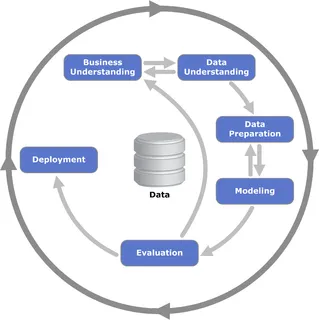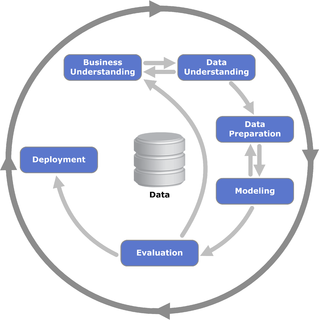
The CRISP-DM Framework: A Structured Approach to Business Analytics
Learn about the CRISP-DM framework developed by IBM, its structured approach to business analytics, and how it has personally helped me understand and tackle data analytics problems.
The CRISP-DM Framework: A Structured Approach to Business Analytics
1. Introduction
Data analytics projects can quickly become complex without a structured methodology. The CRISP-DM (Cross Industry Standard Process for Data Mining) framework, developed by IBM in the 1990s, provides a robust, iterative approach to solving business problems using data. This framework has been widely adopted in the data science community because of its flexibility and industry-agnostic approach.

In this post, we’ll explore the origins of CRISP-DM, its structured phases, and how it has personally helped me streamline my problem-solving approach in analytics.
2. Origins of CRISP-DM
The CRISP-DM framework was conceived in the late 1990s by a consortium of organizations, including IBM, Daimler AG, and NCR Corporation. Before its development, data mining projects often lacked a standardized methodology, making them difficult to reproduce and scale.
With CRISP-DM, businesses now had a structured, repeatable framework that could be applied across various industries, from finance and healthcare to retail and manufacturing.
3. The Six Phases of CRISP-DM
CRISP-DM is divided into six phases, each playing a crucial role in ensuring the success of a data analytics project.
1. Business Understanding
Understanding the business objectives is the first step in any analytics project. Before diving into data, it’s essential to:
- Define the problem statement.
- Identify key success criteria.
- Determine business constraints and stakeholder expectations.
2. Data Understanding
Once business objectives are clear, the next step is to gather, explore, and assess data quality.
- Collect relevant data from different sources.
- Perform exploratory data analysis (EDA).
- Identify missing values, inconsistencies, and potential data issues.
3. Data Preparation
Preparing the data for analysis is often the most time-consuming phase.
- Handle missing data and outliers.
- Transform raw data into a structured format.
- Create new features or select the most relevant ones.
4. Modeling
Now that the data is clean, machine learning models or statistical techniques can be applied.
- Choose appropriate modeling techniques.
- Train and validate models.
- Optimize hyperparameters for better performance.
5. Evaluation
Model performance must be assessed before deployment.
- Compare models using performance metrics (e.g., accuracy, precision, recall).
- Ensure results align with business objectives.
- Interpret findings to make informed recommendations.
6. Deployment
The final step involves putting the model into production.
- Deploy the model in a real-world environment.
- Monitor performance over time.
- Iterate and refine the model as needed.
4. How CRISP-DM Has Helped Me
Before adopting CRISP-DM, I often found myself jumping straight into modeling without a clear plan. This led to inefficiencies, especially when working on business-driven projects. By following CRISP-DM, I have:
- Improved my ability to define problems clearly before starting analysis.
- Gained a more systematic approach to handling and preparing data.
- Developed a stronger evaluation process, ensuring models align with business objectives.
CRISP-DM has not only improved my workflow but has also made me a more effective data analyst by ensuring I always align my work with real business needs.
5. Conclusion
The CRISP-DM framework provides a structured, iterative methodology for solving business problems with data. It ensures that analytics projects remain focused, efficient, and aligned with business objectives. Whether you’re new to data analytics or looking to refine your approach, incorporating CRISP-DM into your workflow can significantly enhance your ability to tackle complex data challenges.
Have you used CRISP-DM in your projects? Let me know how it has helped you!